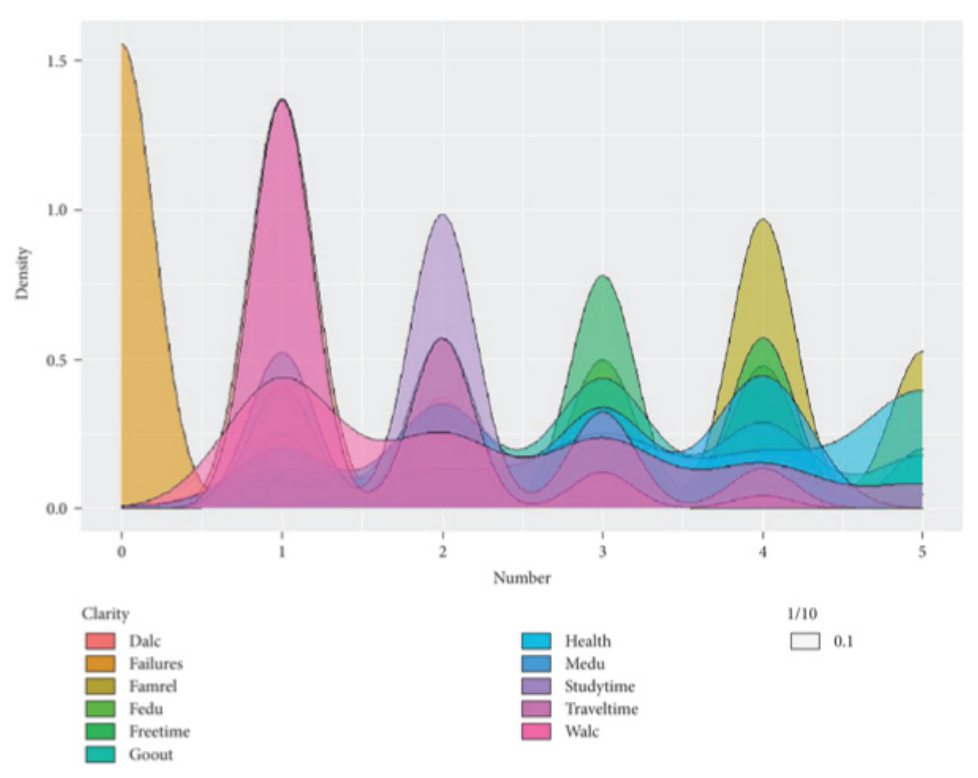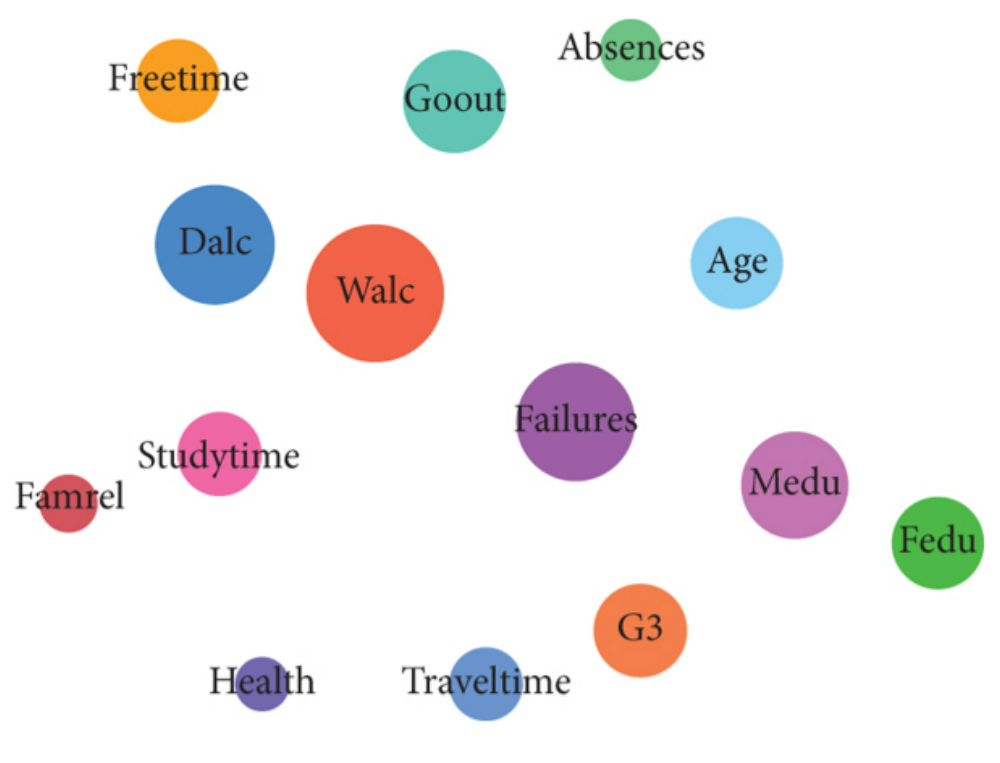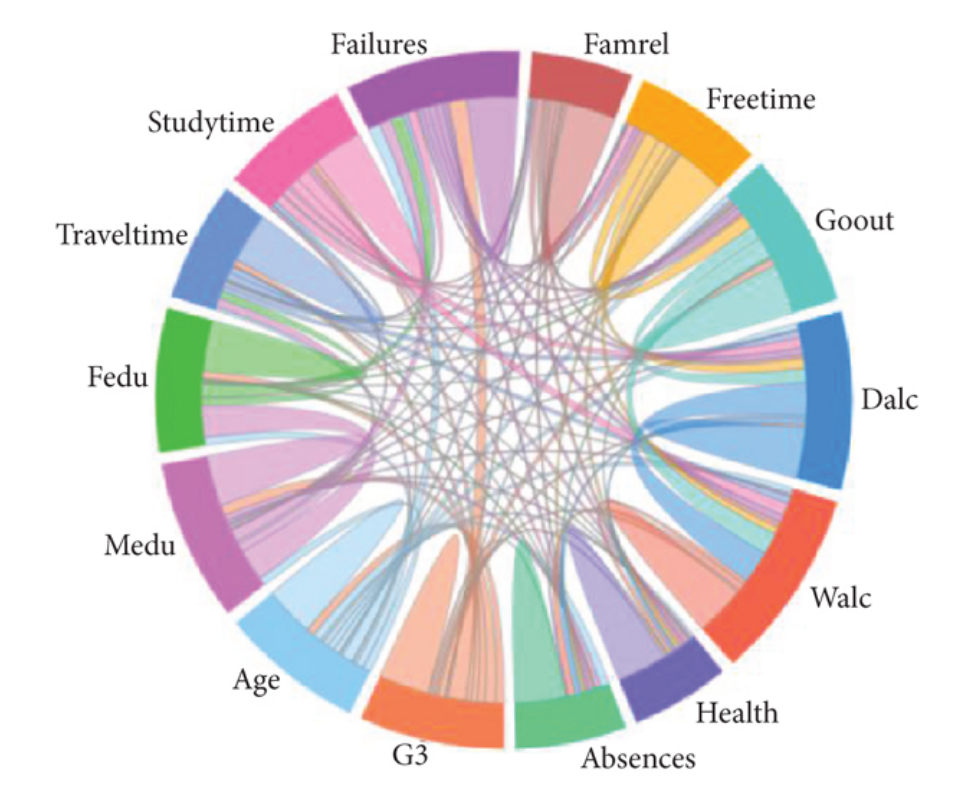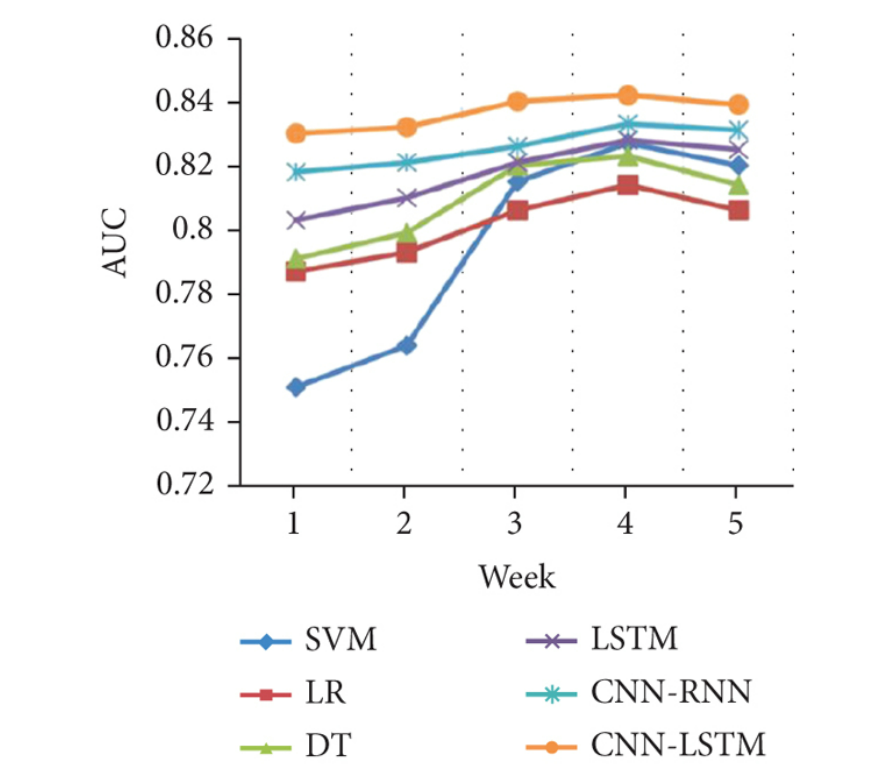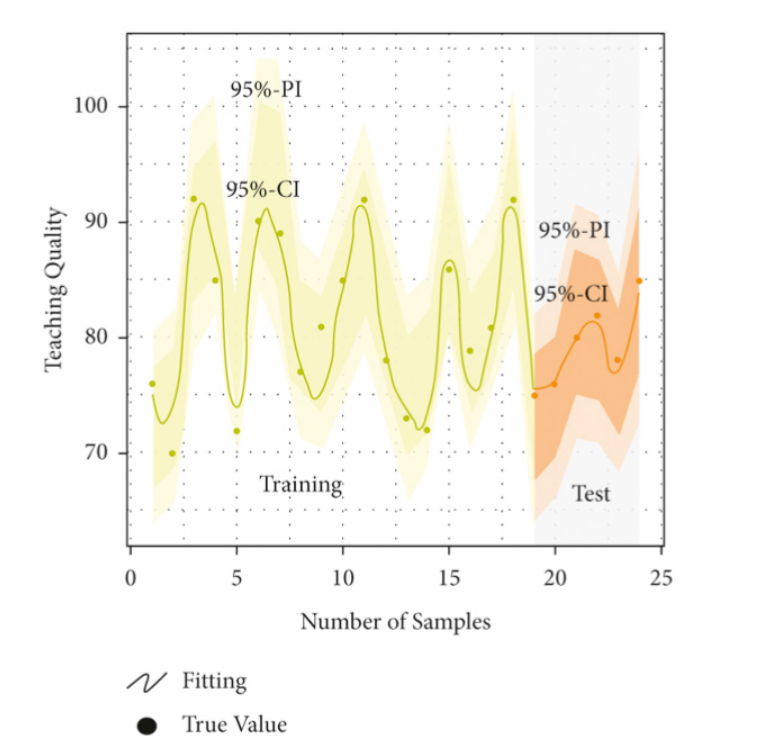 An open access journal
An open access journal
Flipped Classroom in Higher Education: Transforming Lectures and Homework
Abstract
The flipped classroom model has gained popularity in higher education for its transformative approach to teaching and learning. This paper explores the significance of the flipped classroom in higher education, emphasizing its role in reshaping traditional lecture-based instruction and homework assignments. It delves into the principles and strategies of the flipped classroom, including pre-class content delivery through multimedia resources and in-class activities that promote active learning and student engagement. The discussion includes the benefits of the flipped classroom, such as increased student participation, deeper understanding of course material, and improved academic performance. Moreover, the paper addresses the challenges and considerations in implementing the flipped classroom model, including faculty training, technology integration, and assessment practices. Through a review of empirical studies and case examples, the study highlights the positive outcomes associated with the flipped classroom, including enhanced critical thinking skills, reduced dropout rates, and greater student satisfaction. The conclusion offers recommendations for educators and institutions interested in adopting the flipped classroom model, emphasizing the importance of pedagogical flexibility and ongoing evaluation to ensure its effectiveness.
Share and Cite
Article Metrics
References
- Bergmann, J., & Sams, A. (2012). Flip your classroom: Reach every student in every class every day. International Society for Technology in Education (ISTE).
- Bishop, J. L., & Verleger, M. A. (2013). The flipped classroom: A survey of the research. ASEE National Conference Proceedings, 1, 1-18.
- Chen, F., Lui, A. M., & Martinelli, S. M. (2017). A systematic review of the effectiveness of flipped classrooms in medical education. Medical Education, 51(6), 585-597.
- Enfield, J. (2013). Looking at the impact of the flipped classroom model of instruction on undergraduate multimedia students at CSUN. TechTrends, 57(6), 14-27.
- Lage, M. J., Platt, G. J., & Treglia, M. (2000). Inverting the classroom: A gateway to creating an inclusive learning environment. The Journal of Economic Education, 31(1), 30-43.
- McLaughlin, J. E., Roth, M. T., Glatt, D. M., Gharkholonarehe, N., Davidson, C. A., Griffin, L. M., ... & Mumper, R. J. (2014). The flipped classroom: A course redesign to foster learning and engagement in a health professions school. Academic Medicine, 89(2), 236-243.
- Missildine, K., Fountain, R., Summers, L., & Gosselin, K. (2013). Flipping the classroom to improve student performance and satisfaction. Journal of Nursing Education, 52(10), 597-599.
- Pierce, R., & Fox, J. (2012). Vodcasts and active-learning exercises in a “flipped classroom” model of a renal pharmacotherapy module. American Journal of Pharmaceutical Education, 76(10), 196.

